Products >> Stainless steel chemical equipment >> High pressure Stainless steel reactor
Stainless steel high pressure reaction vessel tank
The Stainless steel high-pressure autoclave/ reaction kettle is composed of a motor reducer, a magnetic transmission device, a head, a cylinder, a jacket, and a stirrer.
The magnetic transmission device is a typical innovation of autoclaves. It fundamentally solves the problem of shaft seal leakage that cannot be overcome by the previous packing seals and mechanical seals without any leakage or pollution. It is currently the most ideal device for chemical reactions under high temperature and high pressure in China. , Especially the chemical reaction of flammable, explosive and toxic media, shows its superiority. It is widely used in petroleum, chemical, rubber, pesticide, dye, medicine, food and other industries to complete the process of vulcanization, nitration, hydrogenation, alkylation, polymerization, condensation, etc.
Structural features:
Specifications: 50L, 100L, 200L, 300L, 500L, 1000L, 1500L, 2000L, 3000L, 5000L, 8000L, 10000L, 20000L, etc.
Material: The high-pressure reactor mainly adopts composite plates. The basic material of composite plates is Q345R. The materials of clad plates are commonly S31603, S30408, S32168, Hastelloy, nickel, titanium, Monel, zirconium and other non-ferrous metals. Pure stainless steel can also be used.
Stirring: A strong magnetic rotary coupling structure (magnetic transmission device) made of rare earth permanent magnets. The basic manufacturing materials of the magnetic transmission device are ferromagnetic materials (iron-based alloys, nickel-based alloys), with excellent magnetic permeability and magnetic field There is almost no loss when passing through the alloy layer for sealing. As a result, the rotating magnetic field generated by the external driving permanent magnet can be effectively received by the internal permanent magnet rotor, and then drive the stirring parts in the reactor to mix the materials. The stirring speed is 0~300r/min, or even higher, and can be equipped with propulsion and paddle type. , Anchor type, frame type, spiral belt and other types of propellers.
Heating: Common heating methods are jacket (semi-circular tube) external circulation heating and electric heating, etc. The circulation medium can be steam, heat transfer oil, etc.
Safety: The high-pressure reactor is equipped with a safety valve or a blasting diaphragm, the blasting numerical error is small, the instantaneous exhaust speed is fast, and it is safe and reliable.
Polishing: For the inner surface of the kettle with polishing requirements, it can be mirror polished.
Kettle cover: The common structure of the kettle cover is flat cover and head type. The opening on the kettle cover can be designed according to user requirements.
Precautions for the use of high pressure reactor (hydrogenation reactor):
1. When operating the autoclave for the first time, at least one person must be familiar with the autoclave operator to be present.
2. The personnel operating on site must wear cotton gloves and shoes without nails.
3. Do not bring mobile phones, lighters, MP3s and other items that may cause explosions or spontaneous combustion into the hydrogenation work area.
4. In the vicinity of hydrogenolysis, operators should handle tools and parts with care, and no sparks due to rigid impact should occur.
5. The exhaust gas from the high-pressure reaction when the pressure is relieved should preferably be led to the outside by a hose or into a fume hood.




Previous Product:Continuous Stirred-Tank Reactor- CSTR
Next Product:100-500liter lab hydrogenation reactor and mixing tank vessel
Products Category
Contact Us

Name: Ivan
Tel: +86 533 5580757
Mobile/Whatsapp: +86-13054986747
E-mail: [email protected]
WeChat: +86-13054986747
Whatsapp: +86-13054986747
Add: No.7 Zhangdian High-tech zone, Zibo City of Shandong province, China
 РУССКИЙ
РУССКИЙ ENGLISH
ENGLISH




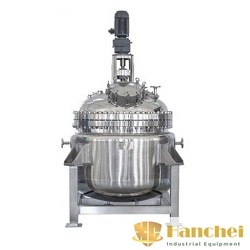
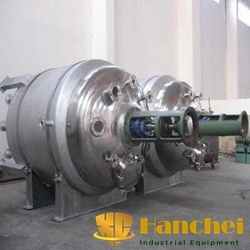
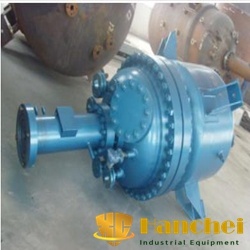
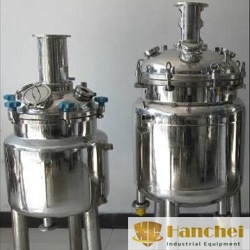
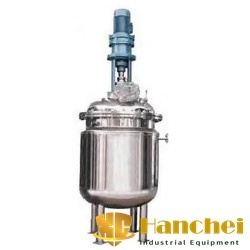
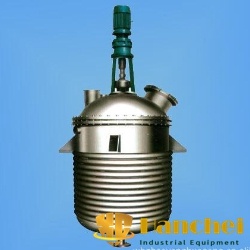
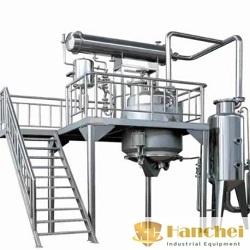



 WhatsApp
WhatsApp  Mail inquiry
Mail inquiry